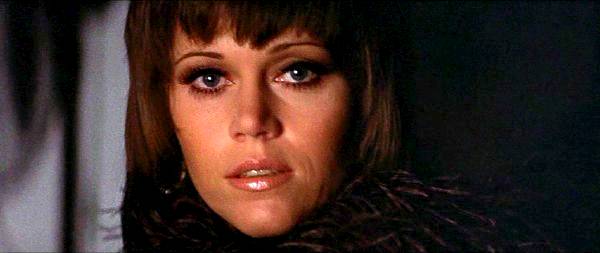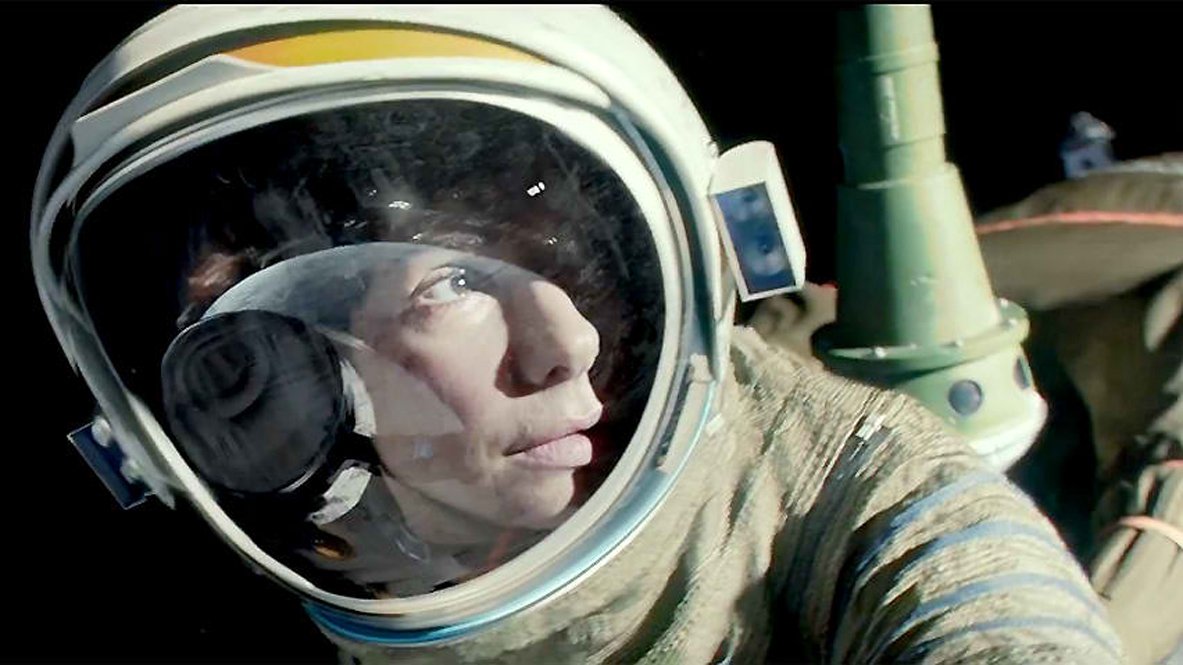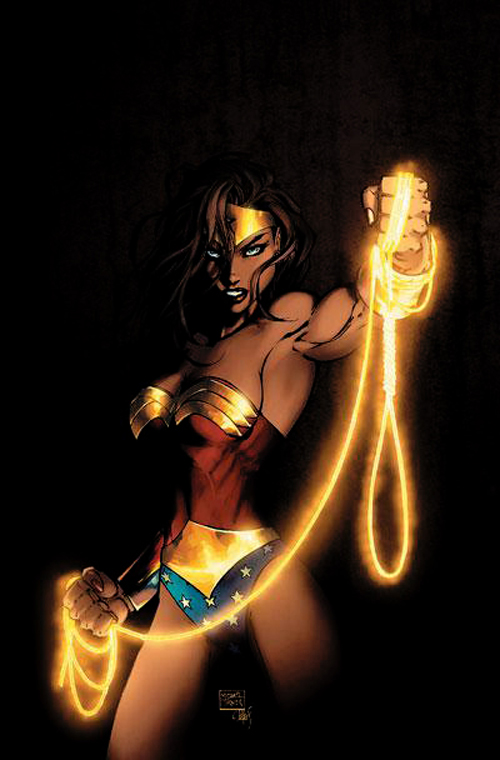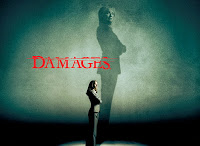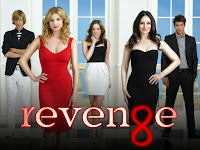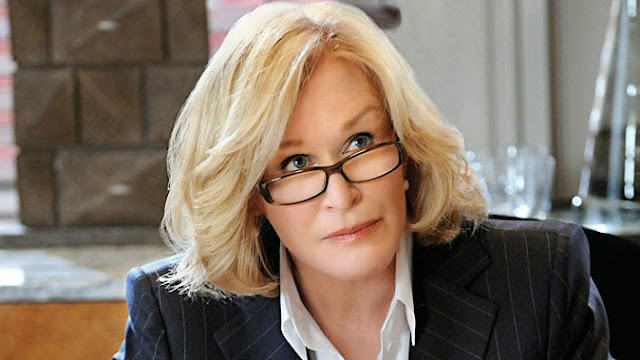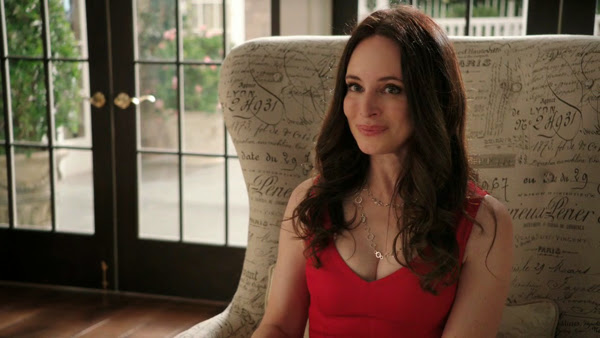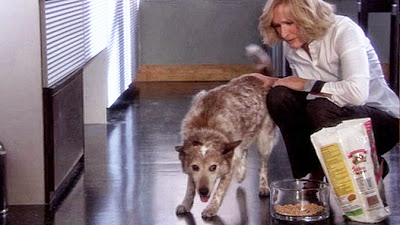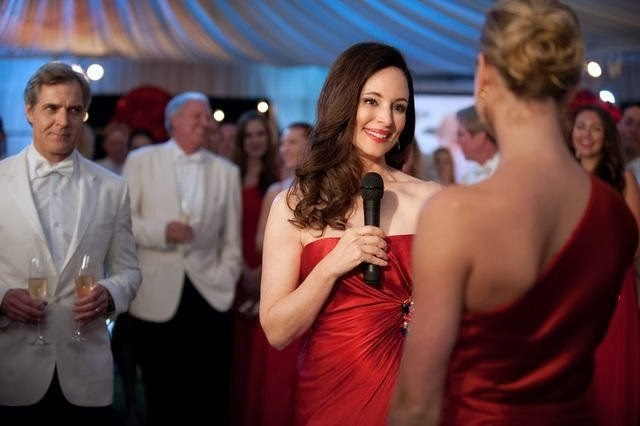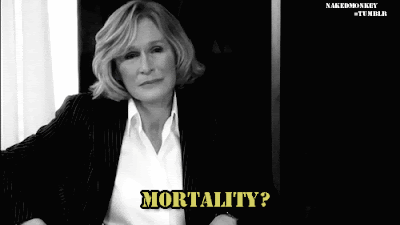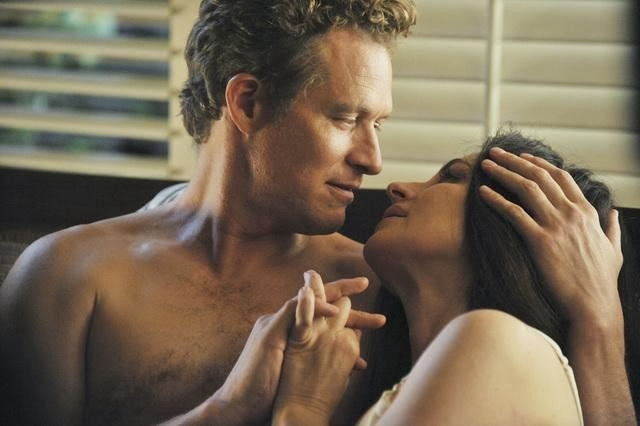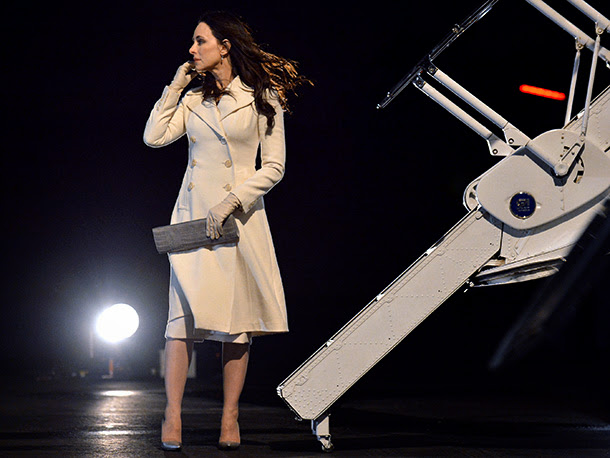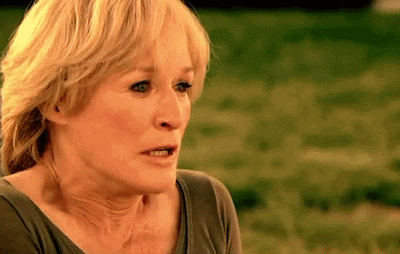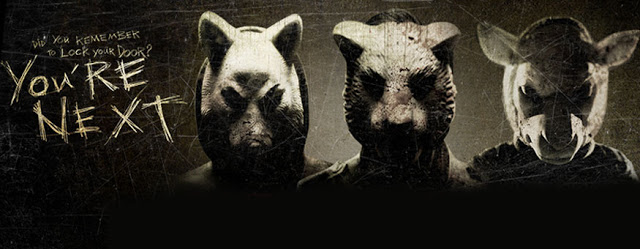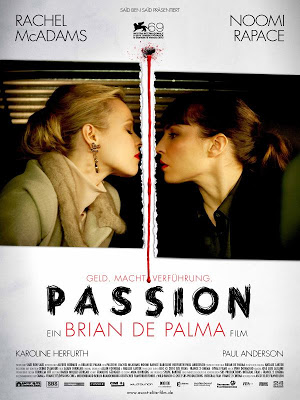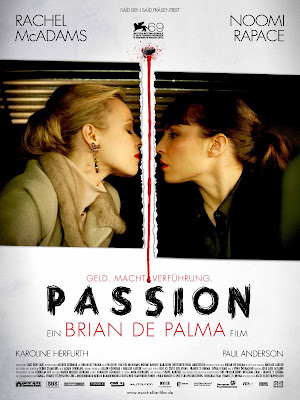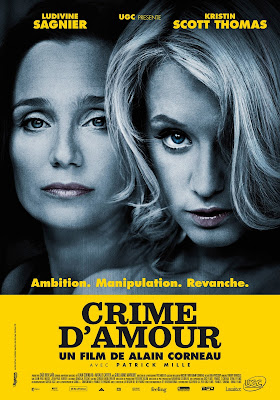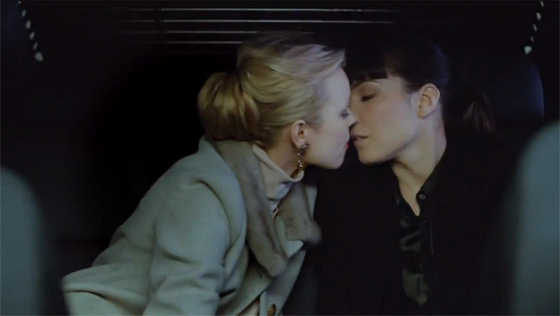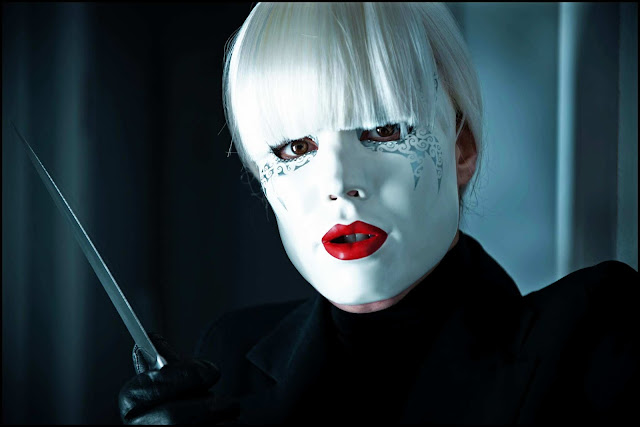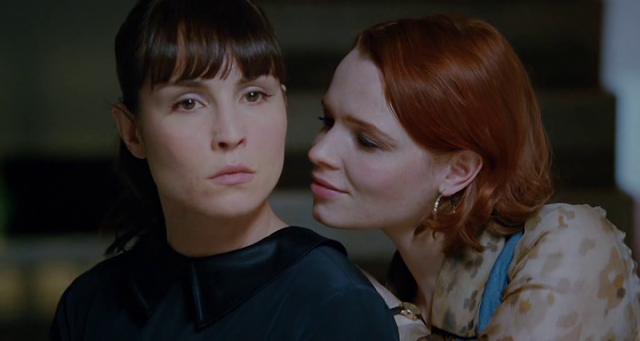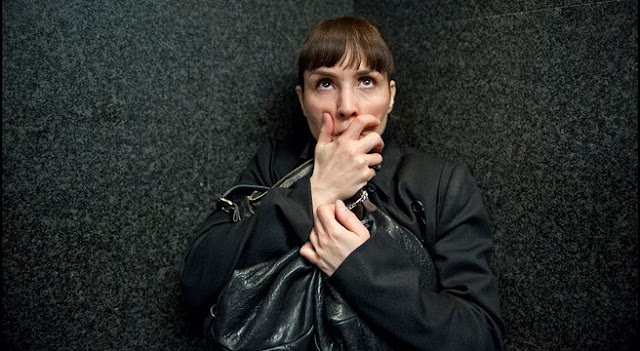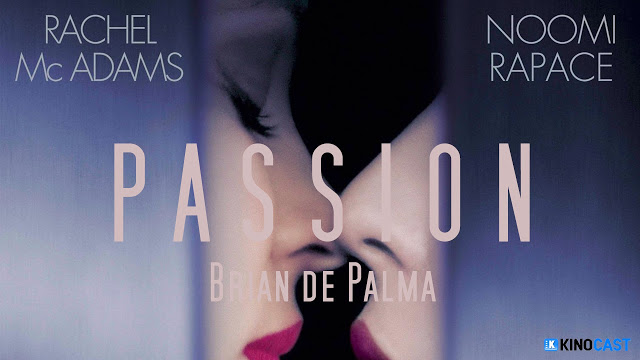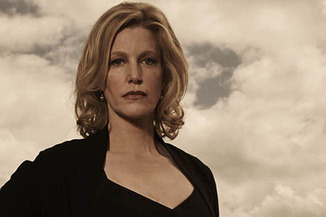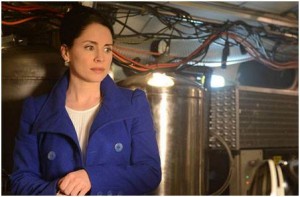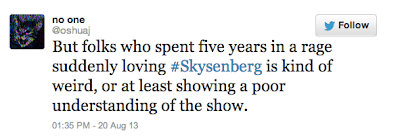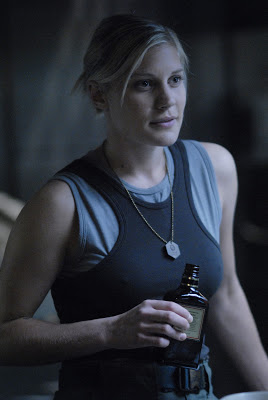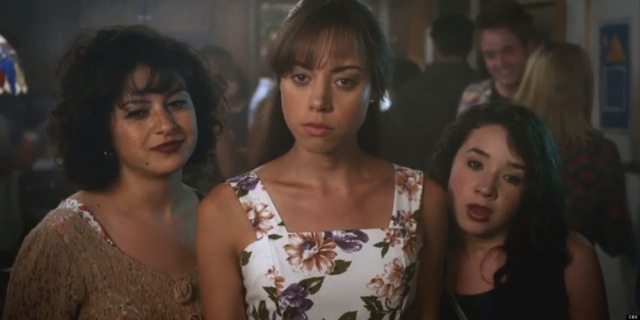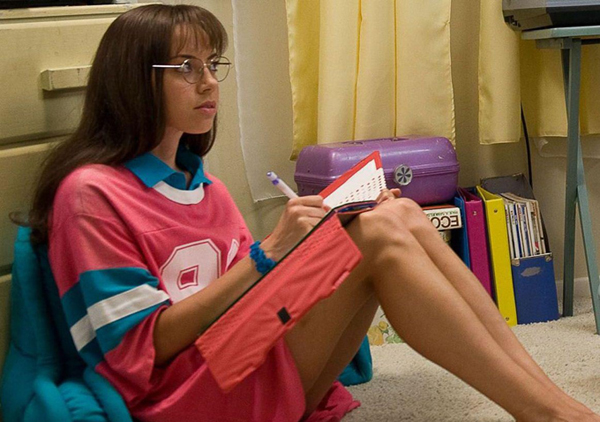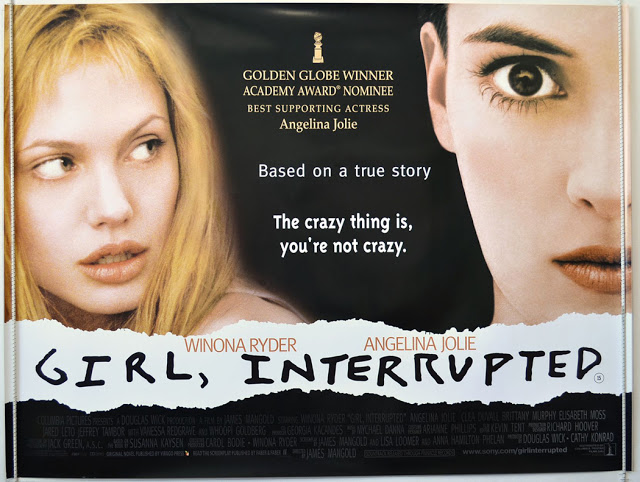
Written by Rachael Johnson.
Klute is one of the key American films of the 1970s. Engaging with themes of surveillance and voyeurism, Alan Pakula’s masterpiece is, first of all, an absorbing, suspenseful thriller. It owes its intimidating ambiance, in great part, to Gordon Willis’s extraordinarily skillful and innovative photography. Klute, however, transcends the genre in the many ways it addresses contemporary gender politics; the New York-set neo-noir is both a character-driven study of female identity and sexuality as well as an unsettling portrait of misogyny. Starring Jane Fonda and Donald Sutherland–two of the most interesting cinematic icons of the day–Klute is also an actor’s film. Fonda won a richly deserved Best Actress Oscar for her outstanding central performance.
Sutherland is John Klute, a Pennsylvania-based private investigator searching for a missing friend, executive Tom Gruneman. Fonda plays Bree Daniels, his most important lead in the case. Bree, a high-class call-girl with modeling and acting aspirations, has apparently been receiving obscene letters and phone calls from Gruneman. She does not, however, remember meeting him. Bree is also being stalked. The detective offers her protection and their relationship deepens. They soon become lovers. As Klute pursues the case, another prostitute is found murdered, and it is not long before the killer targets Bree.

It must be said that it is not the plot of Klute that stays with you but rather the characters and performances. Equally, the story’s most interesting themes relate to gender and sexuality. Unusually for a mainstream film, Klute is graced with a complex female protagonist. Bree is shown to be a self-determining, self-reliant woman. She seeks out modeling gigs, goes on acting auditions, and makes regular visits to her female therapist. Bree claims that her current work has given her real independence. She is no longer controlled by a pimp and considers her transactions with her ‘johns’ empowering. Early on in the film, we witness Bree negotiate with a nervous commuter client from Chicago. Supremely self-assured and entirely in control of the situation, she is sexually assertive in a dominant, almost maternal fashion. On the city streets, with her seventies ‘shag’ hairstyle, mini skirt and thigh-high boots, she radiates sexual charisma and power. We also learn that Bree used to work full-time on Park Avenue but now only tricks when she wants to. She further maintains that prostitution, on her own terms, has given her a certain psychological autonomy and control. When she tells Klute that she never climaxes with her clients, it comes across as a boast of personal sovereignty. But as Bree falls in love with the investigator and experiences a kind of sensual rebirth, she feels increasingly overwhelmed and disempowered by her feelings. Making love with Klute, she says, is ‘a baffling and bewildering experience’. What is evident, from her sessions with her therapist, is that her insensibility is a mask for mere numbness. Bree, in fact, tells her that she fundamentally wants to be ‘faceless and bodiless and left alone’. Sucked back into the vortex of her old life, she begins to unravel. At one unsettling point, she attacks her lover with scissors. There are also indications that Bree wants to stop turning tricks. In an early scene, we see her angrily ask her therapist why she is still drawn to the life.

Giving a truthful picture of prostitution on the screen is a thorny issue, of course. Many Hollywood films have prettified and sanitized prostitution and the stereotype of the whore with a heart of gold is one of the oldest in the business. Klute has a relatively complex take on prostitution. What it shows is that the prostitute remained a scapegoat for society’s sexual hypocrisies in the 1970s- an era of progressive change regarding gender and sexuality. Bree herself is fully aware of the double standards but she does not see herself as a victim. When she claims that she is very much in charge when she tricks on her own terms, the viewer is confronted with the suggestion that there are women who are not victimized by the profession. Our response to Bree’s statement, of course, depends on our individual attitude toward prostitution. It may be argued that Bree is too articulate and too bourgeois to be a believable call girl but they should remember that there is not one type of prostitute. Klute even shows that the life has an absurd and amusing side. We learn about a wealthy client who visits Bree’s old Park Avenue workplace not to ‘party’ with the girls but to clean the bathroom. Bree’s profession is, however, depicted as a dangerous one and, as specified above, she is evidently psychologically troubled. Klute is not a polemic on the dangers of prostitution but it indicates the omnipresent threat of sexual violence- and homicide- in the profession while pointing out its associations with drug culture. Klute’s stance on sex work may be interpreted in a variety of ways. Does the characterization of Bree as sexually and emotionally disengaged reflect an accurate understanding of the psyche of sex workers or does it represent a disavowal of female sexuality? Does Klute’s associations of prostitution with danger reinforce Victorian ideas of ‘fallen women’ as vulnerable and passive? What is clear is that the watchful, taciturn Klute is intended as a potential savior for Bree.

Klute does not solely offer a portrait of prostitution. It is also an allegory of the female condition in patriarchy. Klute explores the objectification and exploitation of women through the symbolic figure of the prostitute. We are encouraged to see Bree as an embodiment of female sexuality in a hypocritical, sexist society. In this sense, it is actually irrelevant whether she is believable as a call girl. Although drawn as a highly individualistic, complicated character, Bree is manifestly intended to represent universal femininity. There is a feminist consciousness exhibited in the film. It is apparent in an early scene when we see Bree apply for a modeling job. The female applicants are lined up in a row before being openly and cruelly objectified. The way the scene is framed seems to indicate that the aspiring models are treated in a fashion not too dissimilar from women in a brothel. Klute also uses the theme of surveillance to explore society’s objectification of women. Bree is being watched constantly- by her stalker, clients and protector. The practice and metaphor of acting further points to a feminist awareness. Acting is not just an aspiration for Bree but a means of personal and professional expression. It, also, however, masks fragility and emptiness. These psychological weaknesses are not unique to Bree but represent the fractured psyches of women alienated from a still-patriarchal society. Her dilemma is, effectively, an existential one: she is searching for an authentic social role. The character of Bree fuses Actress, Prostitute and Woman. These identities, as we know, have been interchanged throughout Western history. Klute shows how sexually liberated and economically independent American women were objectified, exploited and abused after the so-called sexual revolution of the sixties.

Klute, moreover, offers a sharp, disturbing portrait of misogyny. The villain is not the classic weirdo or social outcast of most movies and crime reports. Played with a reptilian venomousness by Charles Cioffi, the thriller’s sadistic psychopath is an esteemed man of wealth and power. His heart contains an ocean of hate for women and prostitutes are accessible, serviceable targets for his fathomless misogyny. In his final confrontation with Bree, he tries to justify his actions. They are worth quoting in full: ‘You make a man think that he’s accepted. It’s all just a great big game to you. When you’re all too obviously lazy and too warped to do anything meaningful with your lives so you prey upon the sexual fantasies of others. I’m sure it comes as no great surprise to you when I say that there are little corners in everyone which were better off left alone- sicknesses, weaknesses which should never be exposed. But that’s your stock and trade, isn’t it- a man’s weaknesses and I was never fully aware of mine until you brought them out.’ His character, it is quite boldly suggested, illustrates the hypocritical, perverse aspects of heterosexual masculinity.
In the closing moments of Klute, we see Bree leave her New York apartment with her lover. As the outcome seems to fulfill the imperatives of a conventional Hollywood ending, it may arguably be seen as a sell-out. The good, traditional man saves the troubled, wayward woman. Of course, the romantic in us believes that happiness lies with this man of honor and compassion. For the first time in her life, Bree has experienced genuine sexual intimacy and joy with a man. In a wonderfully understated performance, Sutherland gives the quiet Klute a gracious, self-effacing masculinity. Nevertheless, Bree’s closing voiceover seems to cast doubt over a permanent future for the couple. She is perhaps too complex a character to be rescued and her fate remains ambiguous.

Ultimately, what makes Klute most memorable is Fonda’s multi-layered, full-blooded performance. She invests Bree with a remarkable intelligence and plays her with a singular openness and bravery. With her would-be lover Klute, she is alternately satirical, seductive and mocking. In her therapy sessions, we witness Bree’s quest for self-definition in articulate, questioning observations and emphatic hand gestures. Fonda’s performance is equally rich in empathy. Bree’s acting endeavors are shown to be sincere and enterprising. As noted, the character’s worldliness is countered by deep apathy and despair. Her capacity for self-destruction is revealed in an especially striking party scene where she regresses perilously into her old life. To a deafening funk soundtrack, we see a stoned, sweaty Bree weave her way through a crowded club, stop to make out with a stranger and embrace an old girlfriend before surrendering to the throne of her former pimp, Frank Ligourin (a sleazy-handsome Roy Schneider). Fonda’s expressions in this riveting episode are a pitch-perfect blend of brazenness, revulsion, discontent, despair and defiance. Bree’s final confrontation with the murderer is equally unforgettable. Forced to endure the recorded screams of a fellow prostitute being tortured and murdered, she bows her head and silently cries. Terrified yet still trying to maintain her dignity, we watch her wipe away the snot now dripping from her nose. Few Hollywood actresses of any era have been allowed to be as real and raw as Fonda in this scene. In her autobiography, My Life So Far (Random House, 2005), the actress explains that she was crying for all female victims of male violence in these moments.
Klute is a classic that deserves to be revisited again and again. An involving, atmospheric thriller and politically-aware study of female identity, it boasts one of the most original and emblematic heroines in the history of American cinema and features one of the greatest screen performances of all time.
